How to create a layered rave stab using Korg's M1
Synthesizing your own authentic stabs is easier than you might think…
Despite the fact that early rave music sounds decidedly dated by today's standards, many of us still harbour a deep-rooted love for those iconic sounds, which laid the blueprint for all the subgenres that followed. Most modern forms of electronic music still feature plenty of nods to rave's tearing stabs, plastic pianos, chopped funk breaks and processed vocals that we know and love.
With that in mind, let's look at how to recreate one of the most classic elements of all: the rave stab. For more rave production tutorials and advice, check out the full Rave Sounds Revisited feature in the April issue of Future Music (FM303).
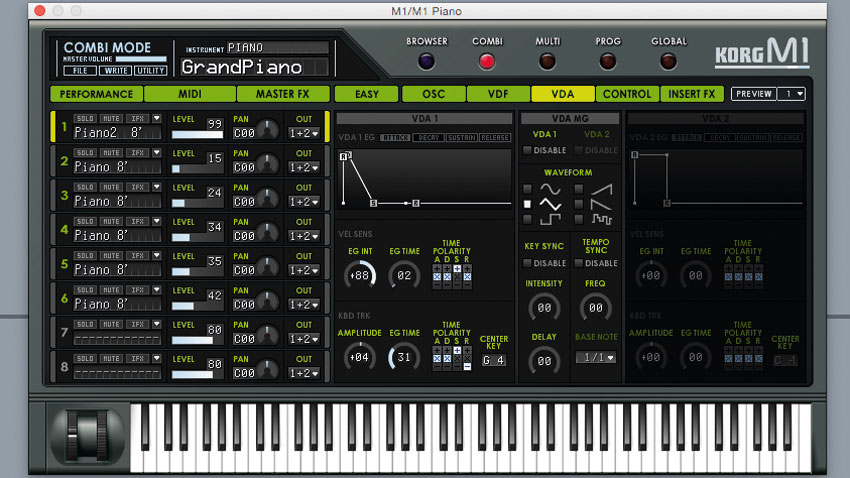
Step 1: Let's create a custom rave stab using several bespoke layers from Korg's M1 plugin. Start with a typical M1 piano layer, then program a minor chord by either drawing in MIDI notes or using a 'chorder' MIDI plug-in.
Piano
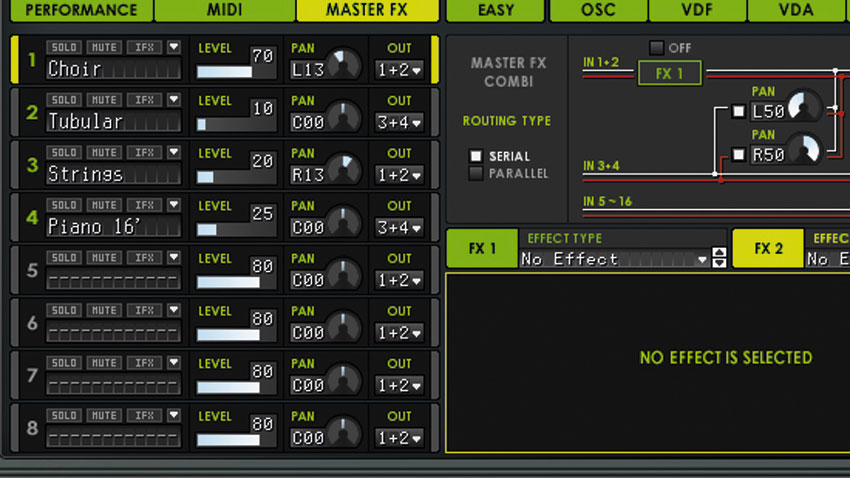
Step 2: Many old-skool stabs feature a hint of choir or vocal, so duplicate the M1 and seek out a suitable preset within the second instance. We've chosen to disable the preset's overt effects, giving a cleaner result.
Piano and choir
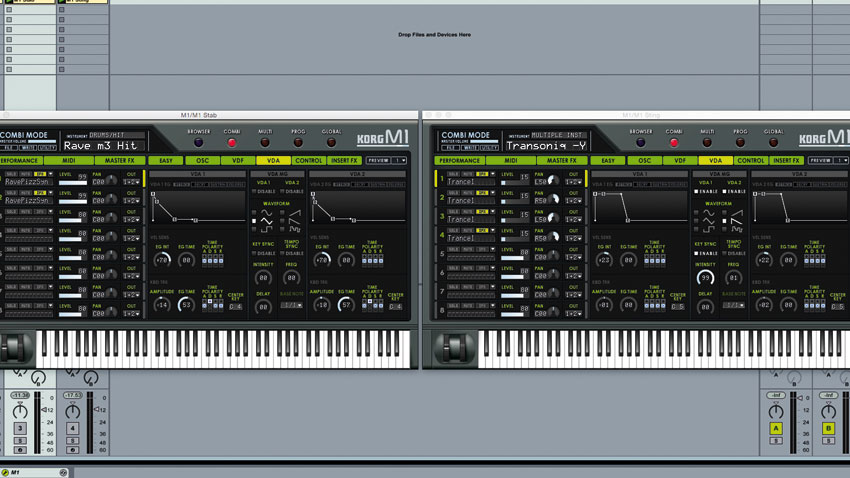
Step 3: Now it's a case of layering another one or two patches on separate channels to thicken the overall chord sound. At this stage, you may find you need to tweak individual note velocities within each chord to prevent certain notes from dominating others.
Four layers
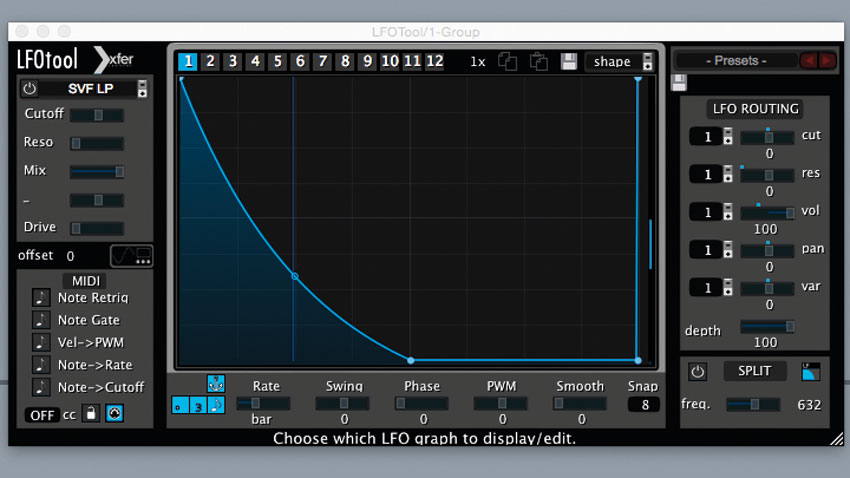
Step 4: Now group your stab layers to a single buss. You may wish to tweak each layer's ADSR envelope individually, but we've inserted LFOTool on this buss and drawn in a volume curve sloping downwards, giving the overall sound a more appropriate stab-like envelope.
Enveloped group
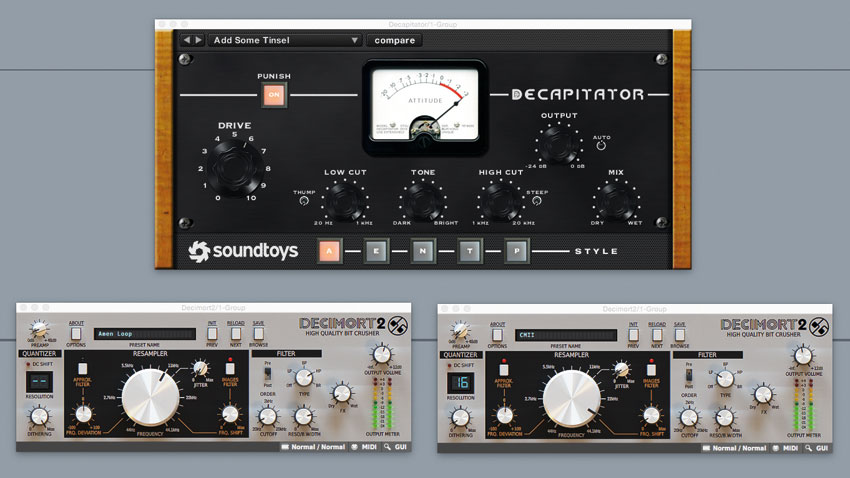
Step 5: Applying effects to the group as a whole will gel the layers and achieve a harsher, more retro sound. We're using heavy parallel saturation from Soundtoys Decapitator and two lots of bitcrushing from D16 Decimort 2 to really push and crunch the stab.
Get the MusicRadar Newsletter
Want all the hottest music and gear news, reviews, deals, features and more, direct to your inbox? Sign up here.
Distorted and bit crushed stab
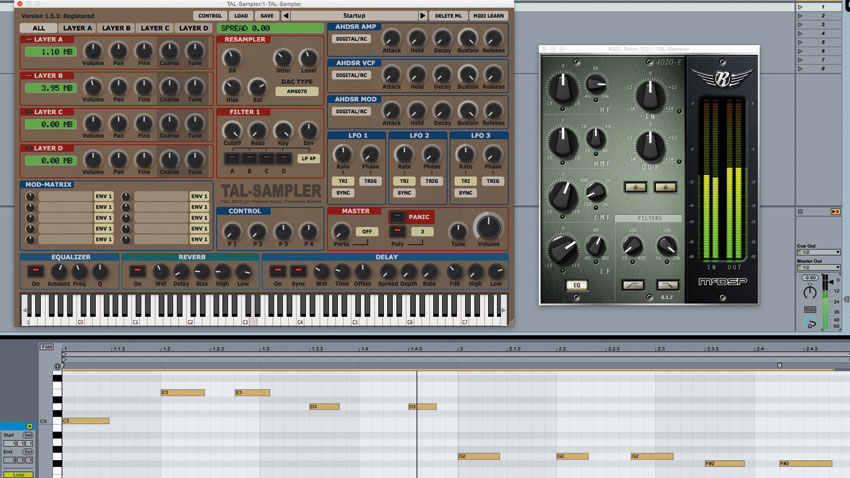
Step 6: Bounce down a one-shot of the processed stab, load it into a sampler, then program a suitable Rave-esque MIDI riff. For the finishing touches, we've applied hiss, crushing and delay via the sampler's onboard effects, then extra weight is added via an analogue-style EQ.
Resampled stab with delay and EQ
Future Music is the number one magazine for today's producers. Packed with technique and technology we'll help you make great new music. All-access artist interviews, in-depth gear reviews, essential production tutorials and much more. Every marvellous monthly edition features reliable reviews of the latest and greatest hardware and software technology and techniques, unparalleled advice, in-depth interviews, sensational free samples and so much more to improve the experience and outcome of your music-making.










